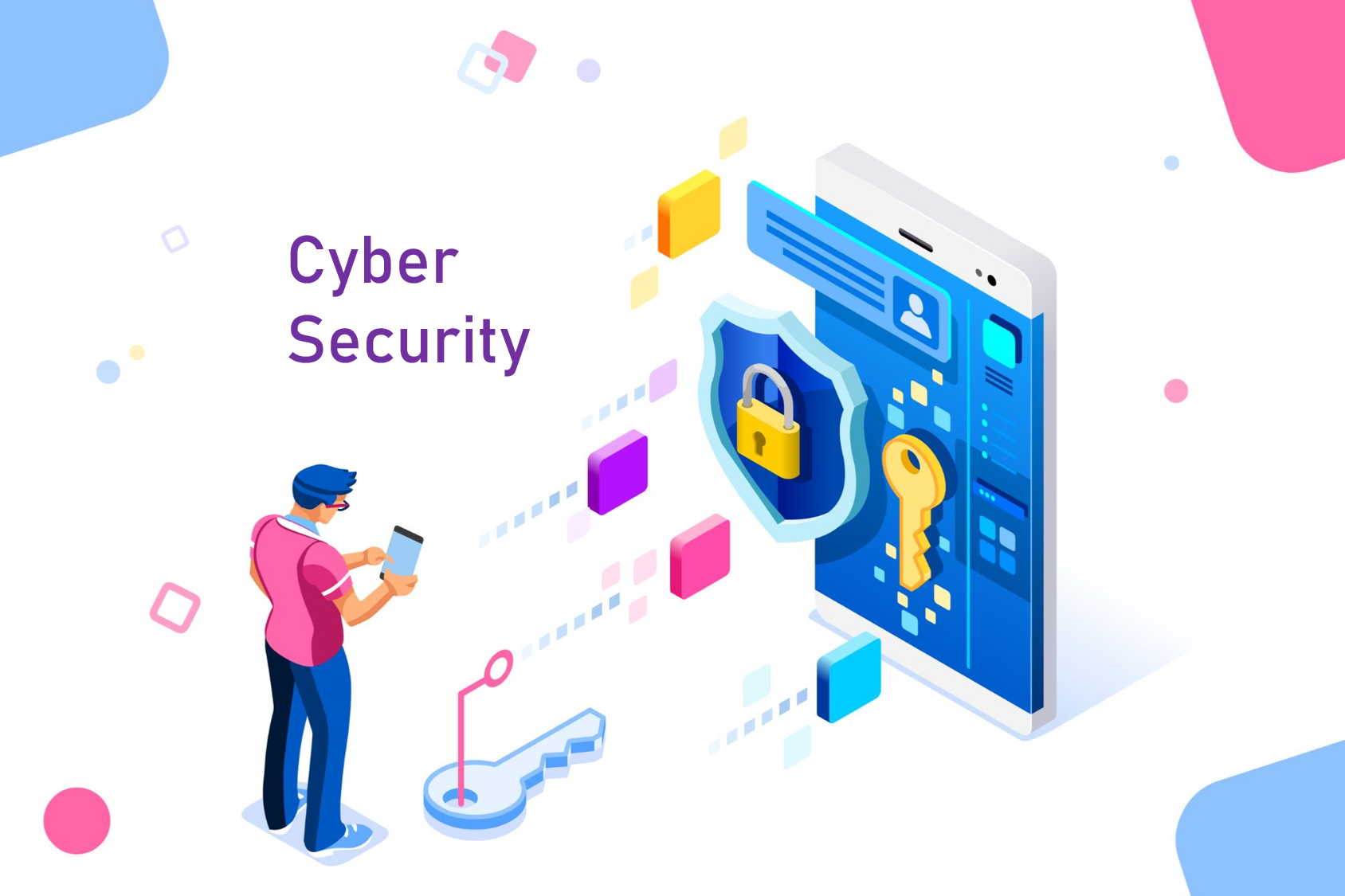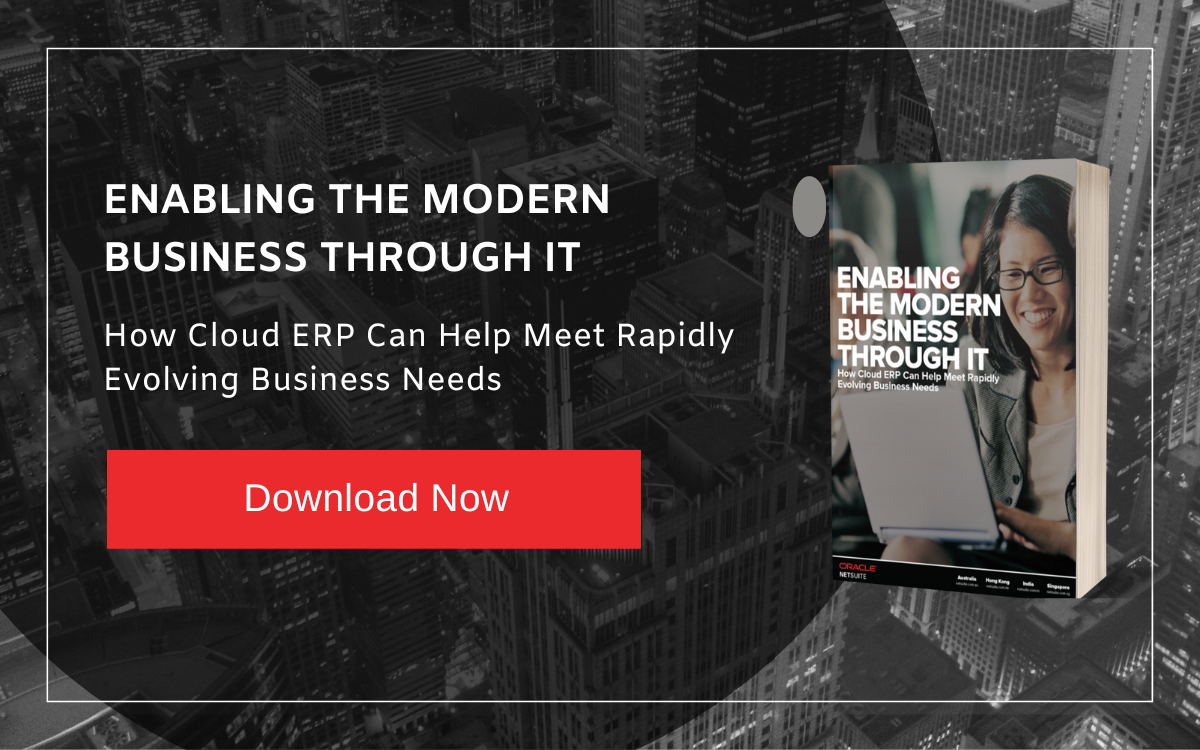The pace of digital disruption in business will accelerate from 2020 onwards, and it will define the next 10 years.
According to a 2017 survey by Gartner with more than 3000 participating CIOs, more than 95% of them expect their jobs to change or be remixed thanks to digitalisation and technological advances.
To adapt and thrive in your role as a CIO in the digital age, you’ll need to expand beyond your traditional role as the steward of your business’s technological assets.
Your role will evolve into that of a strategic leader, and you’ll be responsible for carrying out the digital transformation process to prepare your business for the challenges of the next decade.
To do that, you’ll need to redefine the scope of your duties as a CIO, and to adopt the key technologies that are driving the trend towards digital disruption.
Here are six priorities that you must focus on as a CIO to help your organisation achieve a successful digital transformation process, and be equipped for the challenges of the next decade.
1. CIOs Must Become Business Strategists

To thrive in your redefined role as a CIO, you should adopt a strategic business mindset that includes oversight of domains beyond your core competencies.
That’s because CIOs are spending more time focusing on business strategic activities – such as driving innovation, developing and refining business strategy, and identifying opportunities for competitive differentiation – as opposed to maintaining their business’s IT infrastructure.
As a CIO, your role is shifting into that of a strategy enabler, and your peers in the C-suite will look towards you to lead your business’s digital transformation efforts.
You alone are in a position to drive your business’s digital agenda, and this gives you the opportunity to focus on an enterprise-wide digital strategy.
To thrive in your new role as the digital leader in your organisation, you must demonstrate that you can;
- Drive business strategy by leading emerging business functions or strategic innovation initiatives,
- Build business ecosystems that foster innovation by investing in digital capabilities that can go beyond in-house resources, and
- Transform business by supplying the technologies and capabilities that will help your organisation deal with massive changes and complex digital transformation programmes.
2. CIOs Must Become Change Leaders

Since you’re leading the digital transformation process as the CIO, you’ll also need to adopt the role of a change leader.
This means you need to advocate for investment in technology products that will drive value for your business.
You’ll also have to brush up on your change management skills, as you’ll be expected to guide your colleagues and peers through the digital transformation process.
To ensure that you’re in a strong position to effect business change and growth, you should cultivate a robust business relationship with your CEO.
By fostering a strong partnership with your CEO, and ideally reporting directly to him, you will make it possible to quickly implement any changes that the latter decides needs to happen for your business.
After all, it is no coincidence that the CIO reports directly to the CEO in 50% of high-performing enterprises, as opposed to only 38% in average enterprises.
3. CIOs Must Leverage on BI and Analytics

Business intelligence (BI) and predictive analytics are indispensable to the digital transformation of a business, as you’re no doubt aware.
With business intelligence (BI) and predictive analytics, you enjoy a wealth of data at your fingertips that you probably couldn’t even dream of years ago.
This means that you’ll have to adapt to data-oriented thinking, and utilising Big Data and advanced analytics to make swift yet accurate business decisions.
You’ll have to learn how to dig deep into the analytical data, and extract the knowledge you need to predict future business trends, as well as create improved and innovative new business models.
On the other hand, you should take care not to commit the common pitfall of overfitting your data; using a small sample size as a reference point of your decisions, when a larger sample size may have presented an entirely different and more accurate picture.
You’ll also want to keep an eye on upcoming innovations in analytics that are forecasted to arrive within the next decade, and might well prove essential for business in 2020 and beyond. These include smarter analytics, data wrangling, collaboration, and outcome focus.
4. CIOs Must Stay Up-to-Date on Cybersecurity Threats

More than 95% of the CIO respondents in the Gartner survey expect cybersecurity threats to increase in volume and scale, and inevitably have an impact on their respective organisations from 2020 onwards.
That’s because technological advancement applies to hostile actors as well, and they too will make use of the latest technology available to mount even more threatening attacks on enterprises of all sizes.
From the perennial threat of Distributed Denial of Service (DDoS) attacks to the proliferation of ransomware, the battle for data security becomes tougher every day.
As the CIO, you’re not expected to take on the role of a cybersecurity specialist, but you do have to develop the necessary cybersecurity skills relevant to your role in order to protect your business.
You’ll want to keep abreast of the latest trends on cybersecurity threats, and keep up to date on the latest techniques to combat new menaces as they pop up.
For example, you can consider the Zero Trust concept, which is increasingly implemented by your peers to bolster their enterprise security.
5. CIOs Must Tap the Power of AI

Artificial Intelligence (AI) is becoming more widely adopted in the modern business environment, thanks to the fact it can be used to get more value out of every critical process and workflow.
Therefore as the CIO, you must look into tapping the power of AI to gain an advantage over your competitors.
This is because AI can be leveraged to improve a wide range of business functions, and is thus indispensable to your digital transformation initiative.
Some of the ways that AI can be utilised to improve your business functions include;
- Business decision-making, as machine learning (ML) algorithms can make use of data generated by BI and predictive analytics to help you make data-backed decisions.
- Bolster the cybersecurity of your organisation, as ML is shaping up to be a key technology for detecting security breaches.
- Improve your customer experience by delivering meaningful, personalised interactions with your customers.
- Automating repetitive, time-consuming processes to save your employees time and focus they can then spend on more important work.
6. CIOs Must Build A Digitally-Driven Culture

To ensure that the digital transformation you’re driving is successful, it’s not enough to focus on the technical details alone; you must also learn how to communicate your ideas with others.
You need to do this because the primary barrier to a successful digital transformation process is not the technology itself, but rather the organisational culture of the business.
Therefore, before embarking on your digital transformation initiative, you must first build a digitally-driven culture in your organisation.
Adopting the mindset of a business strategist, leading the change management process, and emphasizing the importance of cybersecurity at every level are all parts of building a digital business culture.
You should also recognise that some of your colleagues will be resistant to change, because they fear they’ll end up without a job, as robots take over their roles.
To allay their fears, you can frame this change as a means of complementing their role, and making them better at what they’re already good at doing.
It’ll also help if you set up a work culture where your employees are encouraged to experiment with possible solutions to problems in low-stakes circumstances, and learn from their failures in a safe environment.
When you’ve built a business culture that’s open to the changes that digital transformation will bring to their work processes, you can be assured that your initiative will have total buy-in from your organisation.
The Future of the IT Function in the Next Decade
From 2020 onwards, you can expect to step into the role as a leader of your organisation’s digital transformation process.
To thrive and excel in that role, you must adopt the mindset of an enabler or even driver of business strategy, and as a leader of change management within your business.
You’ll also have to look at utilising AI to complement your business intelligence, analytics and cybersecurity assets, as these are some of the key technologies that will define business in the next 10 years.
Finally, you’ll need to become an effective communicator of your ideas and vision, so as to overcome resistance and acquire buy-in from every level of the workforce in your organisation.
When you have achieved these objectives, you’ll be on the right track to preparing your organisation for the digitally-driven economy of the next decade.
But if you’re wondering what’s the next step you should take on your digital transformation journey, you may want to consider the most suitable approach for building an IT infrastructure to best support your business's growth.
To give you some inspiration, here’s a white paper that will show you how Cloud ERP can be just what your business needs.




